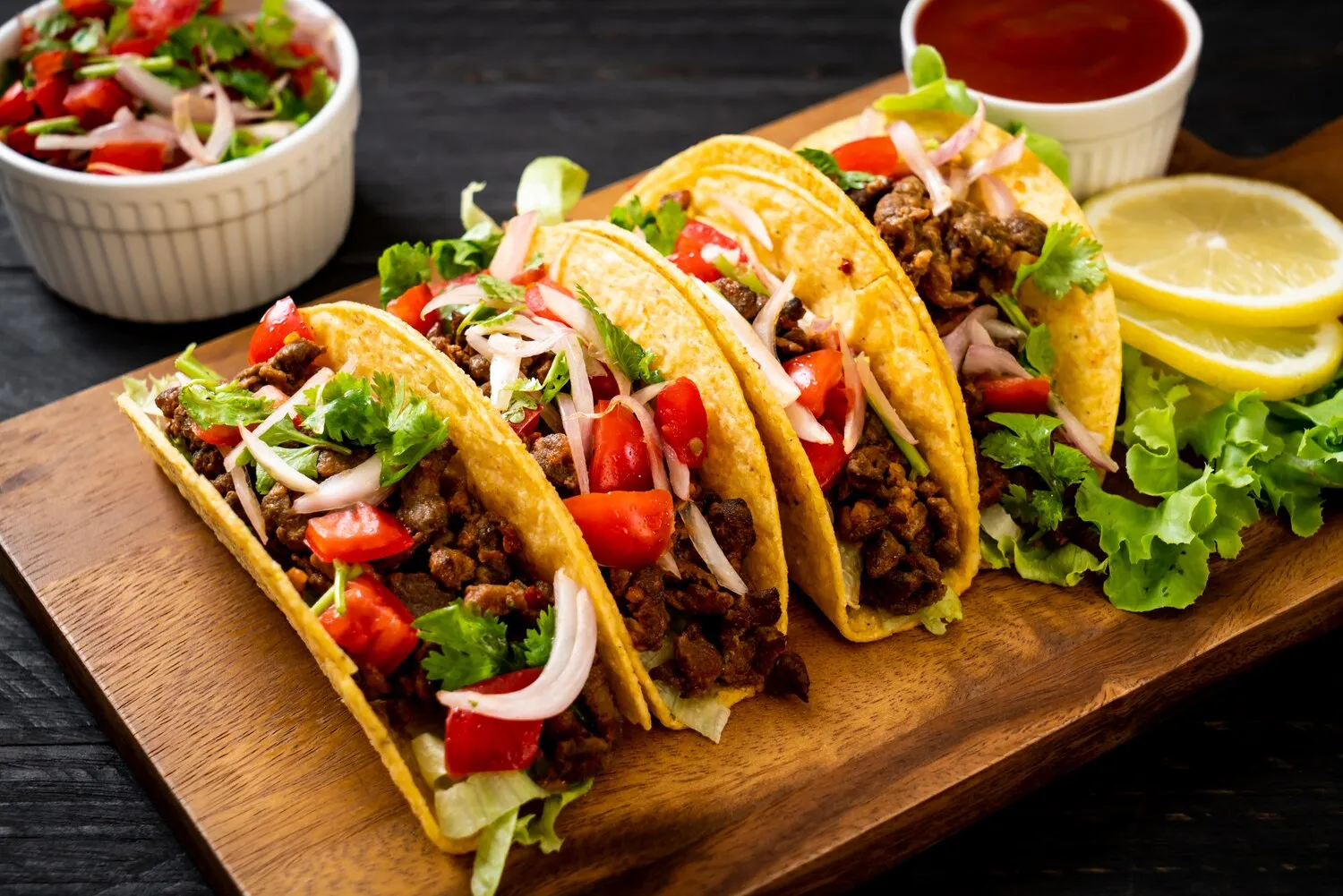
Burrito
Burrito is a very popular order, also with different filling options.
Nutrition Facts
* The % Daily Value (DV) tells you how much a nutrient in a serving of food contributes to a daily diet. 2,000 calories a day is used for general nutrition advice.
The modern burrito evolved from regional Mexican cuisine. While its exact origins are debated, it's believed to have emerged in northern Mexico, possibly as a convenient and portable food for field workers. Its popularity grew in the 20th century as Mexican cuisine expanded into the United States.
The burrito is deeply intertwined with Mexican-American culture and has become a staple in the United States. It represents a fusion of culinary traditions and is often associated with convenience and casual dining.
Regional Variations
Different regions of Mexico and the United States have their own unique takes on the burrito. For example, the California burrito often includes french fries, while Mission-style burritos are known for their large size and inclusion of rice and beans.
Fast Food Staple
The burrito's portability and customizable nature have made it a popular fast-food option. Many fast-food chains offer their own versions, often adapted to appeal to a broader audience.
Cultural Icon
The burrito has transcended its culinary origins to become a cultural icon, representing Mexican-American cuisine and the broader diversity of American food.
The burrito offers a complex and customizable flavor profile, built upon savory fillings and vibrant salsas. It's a balance of textures, from the soft tortilla to the varying consistencies of the interior components.
Common flavor elements include savory meats (like carne asada, carnitas, or chicken) or sofritas (braised tofu), combined with earthy beans (pinto or black), fluffy rice (often cilantro-lime), creamy guacamole or sour cream, and tangy salsa (pico de gallo, salsa verde, or a smoky chipotle salsa). The combination of these components creates a flavorful and satisfying meal. Cheese adds a richness and melty texture, while pickled onions or jalapeños contribute a sharp, acidic bite.
Warm the Tortilla
Warming the tortilla before filling makes it more pliable and prevents it from tearing. You can warm it on a comal, in a microwave, or over an open flame.
Don't Overfill
Overfilling the burrito makes it difficult to roll and prone to bursting. It's better to use slightly less filling and ensure a tight, secure roll.
Layering Matters
Layer ingredients strategically to prevent the burrito from becoming soggy. Place wetter ingredients, like salsa, in the center, surrounded by drier components.
Seal the Deal
Tuck in the sides before rolling to create a sealed burrito. This prevents the filling from spilling out and makes it easier to eat.
Explore additional Mexican inspired dishes and restaurants
Explore Mexican inspiredDiscover top dining spots and culinary experiences in Trondheim.
Explore TrondheimLearn more about the food culture, restaurant scene, and culinary heritage of Norway.
Explore Norway